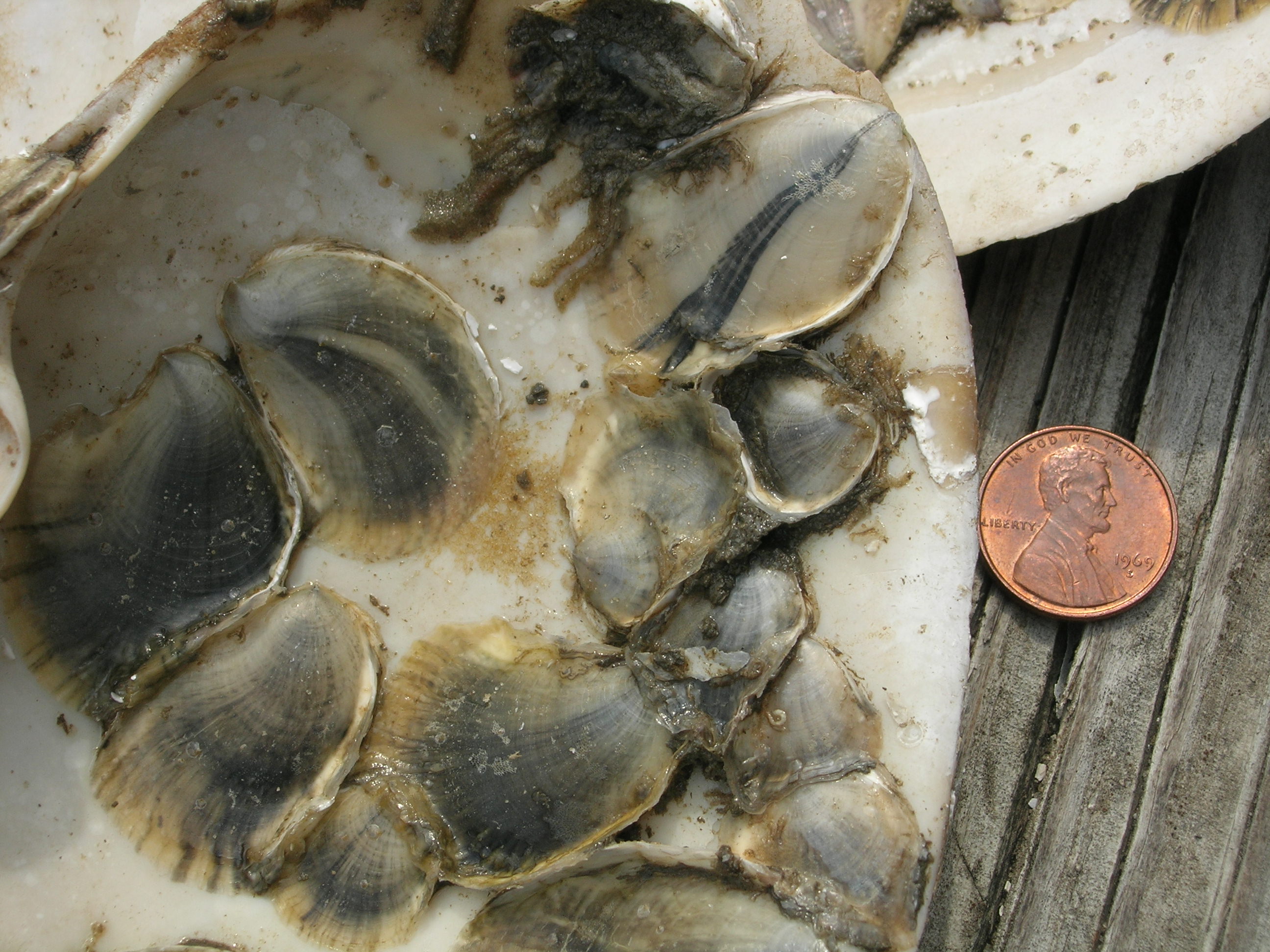
A clam pearl typically is not completely round and lacks the high luster found in cultured pearls. They can grow quite large, but are usually smaller than saltwater pearls found in oysters. After fertilization of an egg, cellular division produces larvae and eventually tiny clams that settle to the bottom.Ī clam pearl is a generic description of gems found inside certain bivalves located throughout the world. To reproduce, clams release eggs and sperm into the water seasonally, generally in mid-summer when water is warm and planktonic food is abundant. For starters, diners can identify an oyster from a clam based on appearance alone. Oysters and clams are both bivalves, which is to say edible mollusks enclosed in a two-sided shell, and although they have a lot in common, there is plenty that sets these two delicacies apart. This pearl sac is made of mantle tissue cells. Its soft body is protected from predators inside of this hard shell. A bi-valve mollusc has a hard outer shell, made from calcium carbonate, which is joined by a hinge. Natural pearls are made by certain types of bi-valve mollusc, such as clams or oysters. They fuse together as they grow, forming rock-like reefs that provide habitat for other marine animals and plants. coasts, clustering on older shells, rock, piers, or any hard, submerged surface. Oysters live in salty or brackish waters on all U.S. Think of laying down steel (protein) and pouring concrete (mineral) over it. Mantle tissue that is located under and in contact with the shell secretes proteins and mineral extracellularly to form the shell. Seashells are the exoskeletons of mollusks such as snails, clams, oysters and many others. What do clams and oysters build their shells?

6 Why do oysters and clams spawn in the spring?.



Epinephrine and levodopa (L-DOPA), two widely used and effective inducers in Crassostrea species, also induced metamorphosis in both clam species with epinephrine at 10 −4 M resulting in 44% and 75% metamorphosis and L-DOPA at 10 −5 M resulting in 67% and 98% for M. mercenaria, and no prior published work for the soft-shell clam, M. There is very limited prior work on successful induction using neuroactive compounds for metamorphosis in the hard-shell clam, M. mercenaria displaying up to 100% induction with both ifenprodil at 10 −5 M and 10 −6 M and chlorpromazine at 10 −7 M to 10 −5 M. Specifically, both clam species were highly responsive to the NMDA receptor antagonists, with M. gigas) and two clam species ( Mercenaria mercenaria, Mya arenaria) all three NMDA receptor antagonists induced metamorphosis, but with variability in optimal concentrations and effectiveness. In two oyster species ( Crassostrea virginica, C. In this study, we further this work by assessing the ability of several known vertebrate NMDA receptor antagonists (MK-801, ifenprodil and chlorpromazine) to induce metamorphosis in a range of bivalve species. Previously, we have suggested the potential importance of an N-Methyl- d-aspartate (NMDA) receptor pathway in regulating bivalve metamorphosis based on preliminary work in Crassostrea gigas. Identifying inducers is important in shellfish aquaculture for increasing metamorphosis rates, and hence, spat (seed) production however, it also has wider applications, such as in the development of marine anti-fouling agents. Over the last three decades, a variety of chemical inducers or disruptors for settlement and metamorphosis have been identified for species of clams, oysters, scallops, and mussels.


 0 kommentar(er)
0 kommentar(er)
